Rebound, Reboot, Reinvent – Nielsen analyses consumer sentiments
The consumer in India is progressing through the phase of restricted living in India and is looking at opening up the restrictions. As they move towards a more precautionary living in the new normal, significant adjustments in their behaviour and consumption dynamics is expected. COVID-19 has had a multifaceted impact on consumers’ lives. Hence, the potential unfolding of consumer sentiment and behaviour in the new normal across three time-horizons of restricted living condition – enforced or self-inflicted.
Navigating to regeneration
Factoring in macroeconomic conditions and the resulting impact on consumers’ lifestyle and consumption, Nielsen has identified three exit scenarios as markets lift restrictions and begin to return to a new normal. These horizons build on the 6 consumer behaviour thresholds and provide a framework for understanding the changing consumer dynamics, as well as the intensity and permanence of that change over time.
Rebound: In markets where consumers spend less time in lockdown (Q3 2020). COVID-19 cases will level off, but continue to spread. People will be cautiously optimistic as they emerge into a new normal. As income levels are impacted, in general, the majority will adopt the “cut back & save” mindset – cutting down on non-essential travel (holidays) and other discretionary spends.
Reboot: Consumers spend longer periods in restricted living (Q4 2020) with travel restrictions eased but significantly limited. Secondary outbreaks/ hotspots continue to challenge. Unemployment rises as well as reduced pay/ hours, as companies initially insulated feel the knock-on effects. Governments would tend to bail out key industries & companies, and shall promote ‘buy local’ campaigns via subsidies & incentives.
Reinvent: Consumers may spend up to nine months or more in highly restricted living conditions Hotspots & outbreaks will hinder cross border trade, and recession & unemployment will accelerate as major businesses fold. This would result in frustration and will grow more among low income groups.
Consumers in times of COVID-19 – What They Think
There are two systems in our brain (System 1 and System 2, Thinking Fast & Slow, Daniel Kahneman). In normal times, System 1 and System 2 work in tandem and allocate attention effectively. In times of disruption and stress, like that during COVID-19, System 2 is adversely impacted causing an imbalance towards System 1 leading to an emotion-led behaviour than usual.
Another impact of this imbalance is that our memory systems have reduced capacity. This means that our brain cannot encode information into memory as efficiently as it did before. This makes consumers veer towards things that are familiar.
Thirdly, because of the strain and impaired decision-making ability, the brain relies more on mental shortcuts or heuristics than before. Heuristics are mental shortcuts which develop in the brain when something is done again and again.
Implications for Consumer Behaviour
- Selective attention leads to consumers connecting with products and brands that are highly relevant to them at this time.
- Default to familiarity: This results in consumers choosing what is familiar (which their brain has marked out as safe from past experience). So, consumer memories around products/ brands that are visible (and relevant) will get strengthened
- With emotions heightened and consumers facing stress, consumers will connect with positive, forward-looking communication rather than those evoking fear, anxiety or stress
- With a disruption of routines, old habits will be disrupted and new ones will be formed.
New habits will continue, and some will be worth reinforcing (for example, increased attention to health and hygiene). For some old habits to come back, consumers will need strong cues to encourage them to move back to their old habits.
As the anticipation and announcements of lockdown opening up begin, the volume of conversations are now plateauing. Conversations peaked on the day PM Modi announced a financial boost in the economic package of Rs 20 lakh crore.
A call to action for an ‘Atmanirbhar Bharat’ and Choice of Local is seen to be building a new sentiment of getting back to life with a renewed mindset.
What consumers express?
Social media conversations are an early indicator of India inching towards the new normal.
Topics of conversation
The previous conversations of scare precaution, fighting back as a community and a nationalistic rise are now not trending very high. New themes of getting back with a new normal have emerged as the new topic of conversation. This was evident in the emergence of hashtags #AtmanirbharBharat, #20lakhcrores, #आमनà¤à¤°à¤à¤¾à¤°à¤¤, #vocalforlocal, #helpsavesmallbusinesses, #restartingIndia, #reimaginenewnormal, #newnormal2020.
What are consumers buying: Shifts from pre-lockdown to successive lockdowns
FMCG Performance
After a 3 per cent decline in March 2020 (versus March 2019), FMCG industry clocked a 34 per cent decline in April – Traditional Trade channels led this sharp drop, while Modern Trade continued to grow in April 2020.
The sharp degrowth of traditional trade channels can be attributed to area/ shop closures – on an average, a traditional retail shop was closed for 12 days in April due to various restrictions and constraint. This number was significantly higher for outlets other than Chemists (4 days) and Grocers (8 days).
Organised Trade
Consumer buying behaviour in organised trade saw shifts from pre-lockdown period to successive lockdown stages (Lockdown I: 23rd March to 12th April, and Lockdown II: 13th April to 3rd May). The FMCG industry increased sales in the weeks prior to the lockdown announcement across organised retail and organised wholesale channels. This can be attributed to stockpiling and as we entered the lockdown phase, we saw a steep decline in sales across channels. This was caused by mobility restrictions and supply side challenges.
Modern Trade sales continued to slow down as we moved from Phase I to Phase II of the lockdown. Cash & Carry and E-Commerce channels, on the other hand, were severely impacted in lockdown I and showed some signs of recovery in Lockdown II.
As we moved into the lockdown phases, growth especially in the Non-Foods segment started shrinking, as constituent categories were classified non-essentials or they were low on consumers’ priority.
Within Non-Foods, slowdown was witnessed across Home Care and Personal Care categories. Only evolved hygiene categories consisting of hand wash, hand sanitizer & floor cleaners continued to grow in lockdown phase I (11% vPY) and remained flat in lockdown phase II on account of heightened focus around health and hygiene.
The Foods basket of Modern Trade shoppers witnessed pantry loading of staples and convenience food items in the pre-lockdown phase. However, as we moved into the lockdown period, their focus reduced on staples; convenience categories, however, continued to grow.
Slowdown in Fresh Produce
Another interesting trend was slowdown in sale of fresh produce – Fruits & Vegetables, Eggs, Meat and Sea Foods among Modern Trade banners. This seems to be driven by both supply and demand side factors.
In a Nielsen consumer study (10th to 14th April 2020) among 1,330 respondents across 23 cities, more than half of the respondents said they will be avoiding non-veg food as a precautionary measure. This percentage was still high at 37% in the March (17-19) round of the study. Forty per cent of respondents in the April round stated they would buy less of meat and fish.
Along with the demand side factors there were factors on supply side as well, the top few being lesser foot fall and supply chain/ low shelf life worries for fresh produce.
Where do we go from here?
At an emotional level, different narratives emerge across different consumer cohorts. Differences emerge across primarily around lifestage and socio-economic backgrounds of consumers. The insights are gathered from the qualitative study conducted by Nielsen in May across key cities in India. Older consumers, around 35+ feel that this time of disruption is temporary. As with other crises that they have as reference points (riots, emergency), they feel that this situation will in time resolve itself. The sentiment is that “This too shall pass”.
Younger consumers of 20+ feel anxiety and a loss of control. Their nascent start in career and an upward trajectory is at a halt. They are fearful of the uncertainty around pay cuts and job losses. They feel this disruption could be a game changer. There is renewed respect for uniformed personnel – the medical care givers, the police, garbage collectors, etc.
The Invisible have become Visible. Constant narratives of migrants and the less privileged have brought this cohort into the collective consciousness. The well-off feel the weight of privilege. This brings with it great social mindedness and a desire to support the less well off in their immediate ecosystem or in the larger community.
Consumers who belong to higher socio-economic status are relatively buffered against financial crises. They navigate this time by finding joy in reconnecting with simple pleasures such as spending time with the family, cooking together, DIY activities.
Consumers belonging to the lower socio-economic status, on the other hand, feel that livelihood is becoming more important than life! This disruption and the lockdown are coming between their earning and survival. They feel abandoned and helpless.
Meanwhile, majority of Indians (77%) across all key metros believe that spread of COVID-19 in their city/ state will come under control in the next three months, however, only 30% are completely prepared for the crisis, financially. This further drops to 17% among low income groups (having household income less than Rs 50,000).
Businesses will need to carefully (re)consider and plan for how to solve and adapt to the future conditions through the new unfolding lenses. Brands which ‘pivot’ or reposition themselves based on renewed purpose will be likely to reap benefits, as they demonstrate empathy and continued caring for consumers.





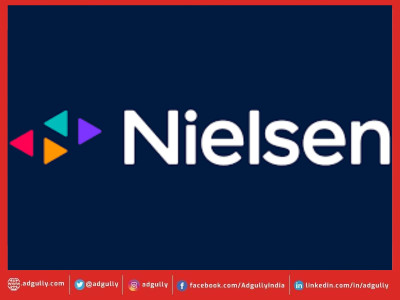

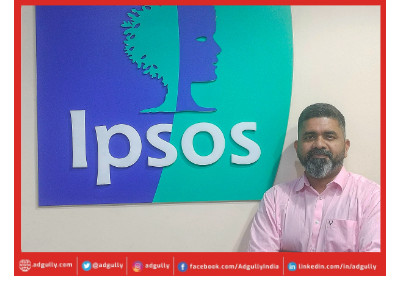

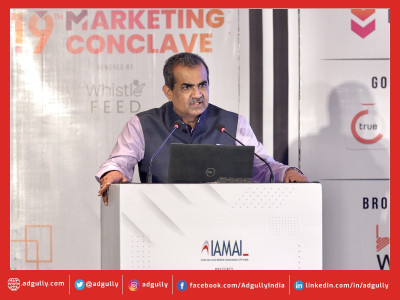

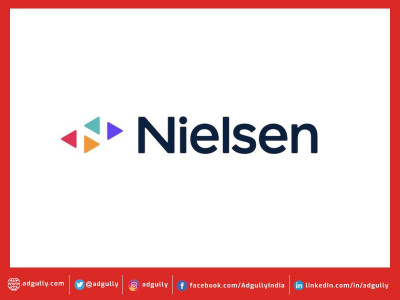
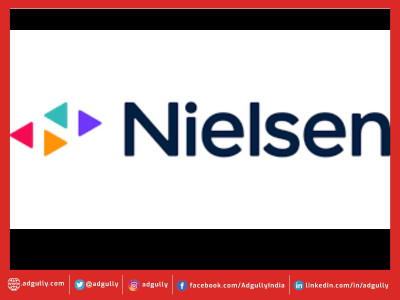
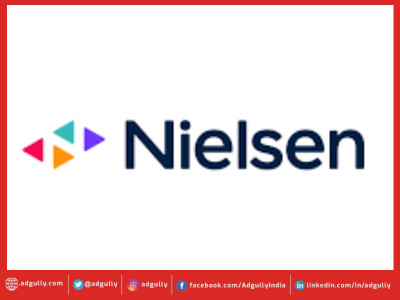


Share
Facebook
YouTube
Tweet
Twitter
LinkedIn